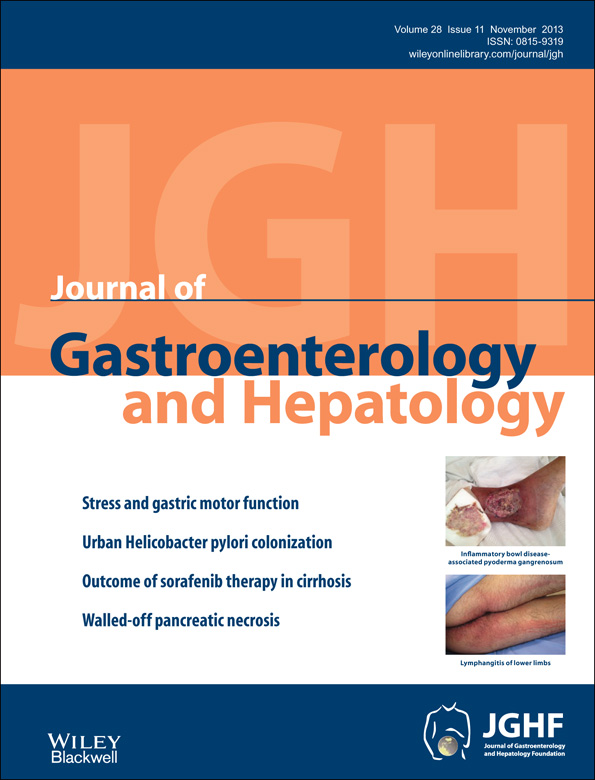Comparable effects of capsaicin-containing red pepper sauce and hydrochloric acid on secondary peristalsis in humans
Abstract
Background and Aim
We aimed to evaluate whether acute esophageal instillation of capsaicin and hydrochloric acid had different effects on distension-induced secondary peristalsis.
Methods
Secondary peristalsis was induced by slow and rapid air injections into the mid-esophagus after the evaluation of baseline motility in 16 healthy subjects. The effects on secondary peristalsis were determined by esophageal instillation with capsaicin-containing red pepper sauce (pure capsaicin, 0.84 mg) and hydrochloric acid (0.1 N).
Results
The administration of capsaicin induced a significant increase in the visual analogue scale score for heartburn as compared with hydrochloric acid (P = 0.002). The threshold volume for generating secondary peristalsis during slow and rapid air distensions did not differ between capsaicin and hydrochloric acid infusions. Hydrochloric acid significantly increased the frequency of secondary peristalsis in response to rapid air distension compared with capsaicin infusion (P = 0.03). Pressure wave amplitude during slow air distension was greater with the infusion of hydrochloric acid than capsaicin infusion (P = 0.001). The pressure wave duration during rapid air distension was longer after capsaicin infusion than hydrochloric acid infusion (P = 0.01). The pressure wave amplitude during rapid air distension was similar between capsaicin and hydrochloric acid infusions.
Conclusions
Despite subtle differences in physiological characteristics of secondary peristalsis, acute esophageal instillation of capsaicin and hydrochloric acid produced comparable effects on distension-induced secondary peristalsis. Our data suggest the coexistence of both acid- and capsaicin-sensitive afferents in human esophagus which produce similar physiological alterations in secondary peristalsis.




